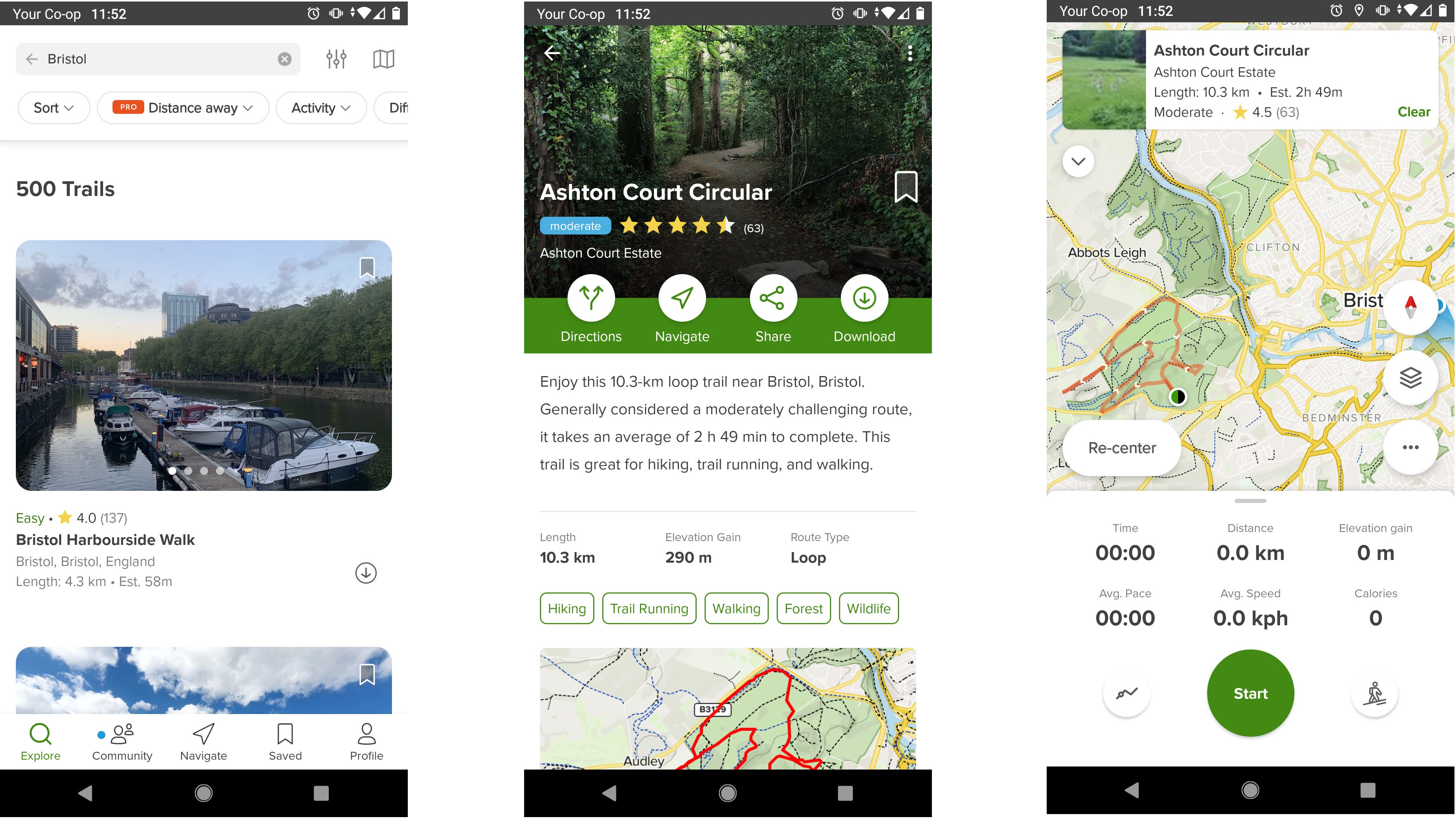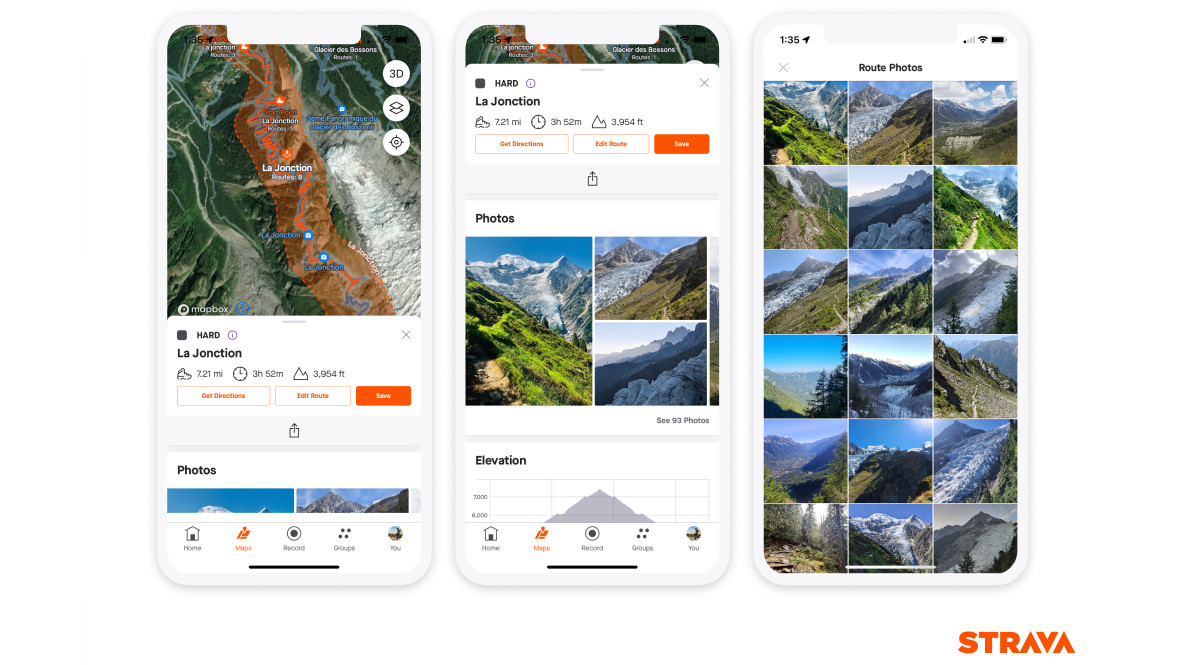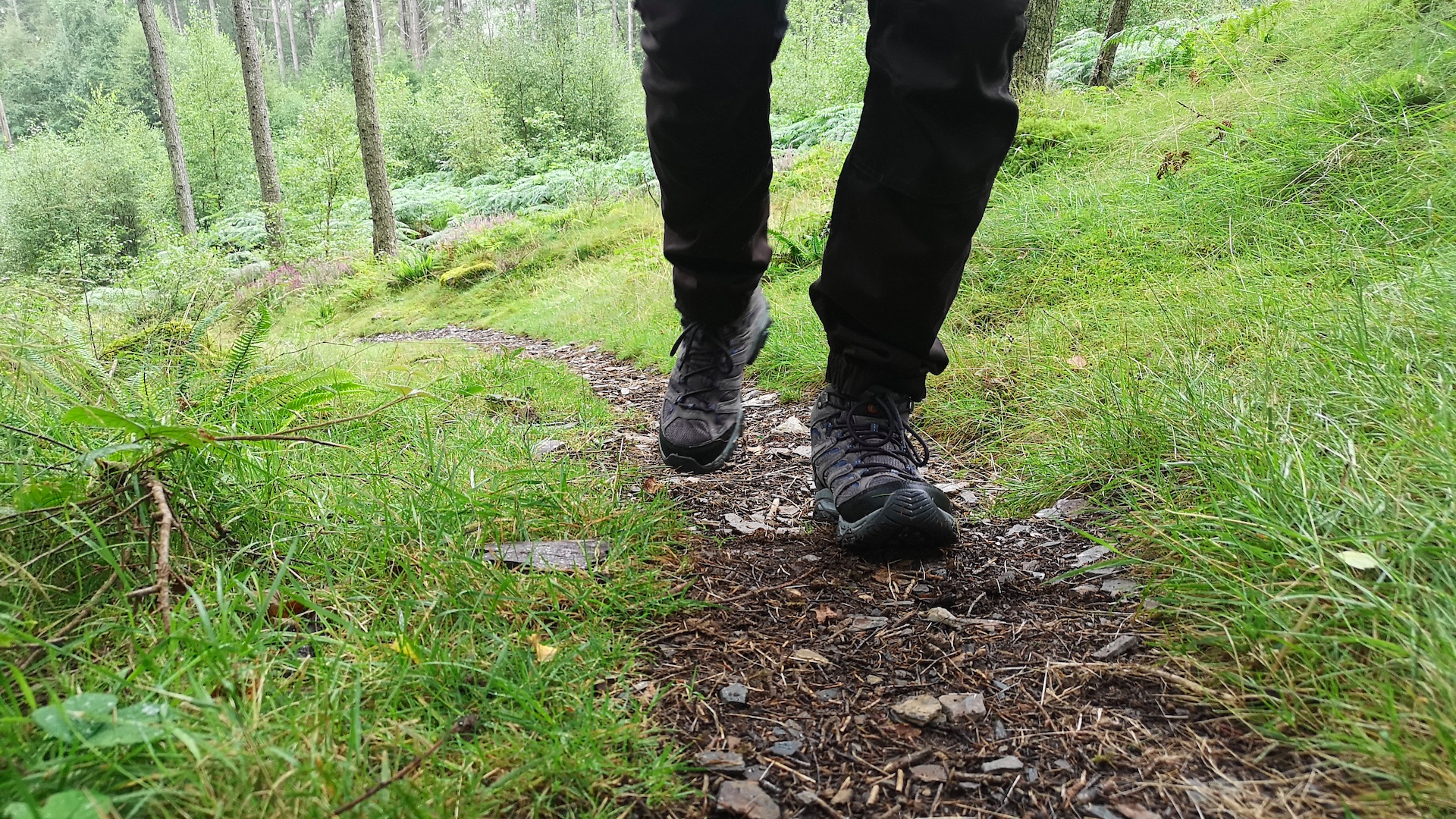
Getting ready for a hike these days can mean you spend more time looking at a screen than you do dusting off your hiking boots and making sure your backpack is loaded up with everything you need. If you’re looking for new hikes close to home or taking an active vacation, the internet can be a great place to discover new trails, awash as it is with hiking trail reviews.
Whether you’re using a hiking-specific route-planning app like AllTrails or Komoot, the social networking aspect of a fitness app such as Strava, Google Maps or Tripadvisor, you’re never going to be short on reviews of hiking trails. But can you trust online hiking trail reviews, which can be written and submitted by anyone, with no monitoring or editorial input?
In this article, we take a look at some factors you need to be aware of when using user-generated reviews of hiking trails so you can make sure this tool helps make your hiking experience a success.

Can you trust online hiking trail reviews?
User-generated hiking trail reviews are posted to forums by the public. At a minimum, these platforms will usually prompt the reviewer to rate the difficulty of a hike and provide a star rating out of five. Some will include a detailed description of a hike with photographs and a GPX map uploaded from their GPS watch while others will include a brief description or none at all.
Taken altogether, these reviews aren’t totally without value for other hikers, but there are some issues you need to consider when using them, so that you don’t sacrifice your own safety for the convenience of an easy-to-access review. The first, obvious issue with online reviews is that they can be inaccurate.
You might think that in an age where almost everyone hikes with a sports watch to record their route, inaccurate data would be a thing of the past, but not so. In fact, GPS technology can have difficulty taking accurate readings when you’re under trees or rocks, and then of course you’ve got the fact that some hikers might take shortcuts or detours, or even get lost, especially if there’s no clear trail.
Trails can also change over time as diversions are put in place to help manage soil erosion or avoid hazards and private property. When it comes down to tenths of a mile, this may not matter, but if you’re hiking a 14er, an extra mile or two could make a difference in terms of your ability and even what time you set off.

Make no mistake, however, technology isn’t the only problem. Quite detailed and thoughtfully written trail descriptions can contain inaccurate information that is simply down to human error, something I learned the hard way when I hiked a Munro that I’d never done before. A trail description provided by an independent Scottish hiking site had me take the wrong left turn which took me on a 20-minute detour before I realized my mistake and returned to the main trail.
Fortunately, in that case, the walking was flat so it didn’t gobble up my energy levels, but as I was relying on public transportation, it did mean I had to make a brisker ascent than I’d planned and jog down to catch my bus – if I wasn’t able to run or had worn my boots instead of trail running shoes, I’d likely have found myself hitchhiking home.
Perhaps the biggest issue with hiking trail reviews, however, is that difficulty is such a subjective experience. Route-planning apps that are built on user reviews will rate a hiking trail as easy, moderate or strenuous, but this is just generated by taking the average from every review given for a particular trail, and every person has different fitness levels and experience.
If a trail is rated as “hard,” it’s good to pay attention to that, but remember there are lots of things that make a hiking trail seem hard, from the weather on the day to trail surface. If you’re hiking your first 14er, you’re likely to find it more difficult than if it’s your tenth and if you’re coming from sea level, it’s bound to be harder than for those who are used to hiking at high altitude. A trail that contains scrambling might be rated as “super fun” by one hiker and “horrible” by another – who’s right?

Next up, you’ve got the fact that many reviews don’t pay much attention to difficulty or technicalities like navigation because they’re so focused on a beauty spot. We recently reported on a hiker in North Carolina who was injured trying to reach a daffodil field via treacherous terrain where there is little in the way of trails or trail markings. The user reviews of the trail on AllTrails range from no mention whatsoever of the difficulty to “absolutely fine if you’re in decent shape” to “if you have knee issues don’t go!”
Making matters worse, hikers can actually create trails on a map where no such trail exists on the ground – either by linking together parts of trails or bushwhacking. They upload their GPX map and call it whatever they want. Then other hikers who follow them who have hiked a trail on the same mountain, assume it’s the hike they went on and rate it, which only makes it seem more real.
For some hikers, things can get really dangerous here. In November, we reported on a Vancouver man who required a helicopter rescue from a “clearly dangerous” cliffside after following a non-existent trail on Google Maps. He was the third such hiker to do so and someone else had previously died making this same mistake, even though one of the photos on Google Maps shows a hiker standing in front of a sign that reads “Wrong way. Dangerous cliffs.”
Now dire news reports aside, you might be wondering to yourself, why can’t we just correct inaccuracies? After all, the internet is basically a living document that can be edited at any time. Many navigation apps have a button where you can suggest a change to a route or report inaccuracies, but this might lead you to believe that there’s more oversight than there really is. In reality, it can be difficult or impossible to correct issues – even the mountain rescue team that rescued the Vancouver hiker reported they were unable to get a response from Google.
That said, navigation app AllTrails has hundreds of thousands verified trails which humans have confirmed exist, using technology, and while there's nothing to stop a you from uploading a non-existent route and naming it, AllTrails is highly unlikely to push it out to the public so it would only be visible to your followers.

All of this said, I started out by saying that hiking trail reviews aren’t without merit, and I do stand by this. They can give you a starting point for finding a hike and you can get some basic information such as where it is, roughly how long it is and what things you might see along the way. You’ll usually be able to look at photographs posted by other hikers which might convince you to choose one trail over another. If you're a premium subscriber, once you're on the trail you can usually follow the navigation. And in any case, it’s unlikely that hiking trail reviews are going to go away any time soon, as reliant as we are on reviews and user-generated content these days.
Once you have the basic information, however, it’s important to do more research. Learn how to read a map and get a topographic map of the area where you’ll be hiking so you can get a good gauge of things like elevation gain and terrain. Bring a compass while you’re at it in case you get off the trail.
For areas where you plan to hike a lot, it may sound a little old-fashioned, but it may be worth investing in a hiking guidebook. Yes, these are still written by fallible humans and trails can change, but at least they’ll be well-researched, detailed and there will be some oversight.
Another way to research a trail is to talk to experienced hikers you know, park rangers and even hiking guides who have done it. They’ll be able to give you the best route description and you’ll be able to ask questions to get a clearer picture on whether a hike is for you.







